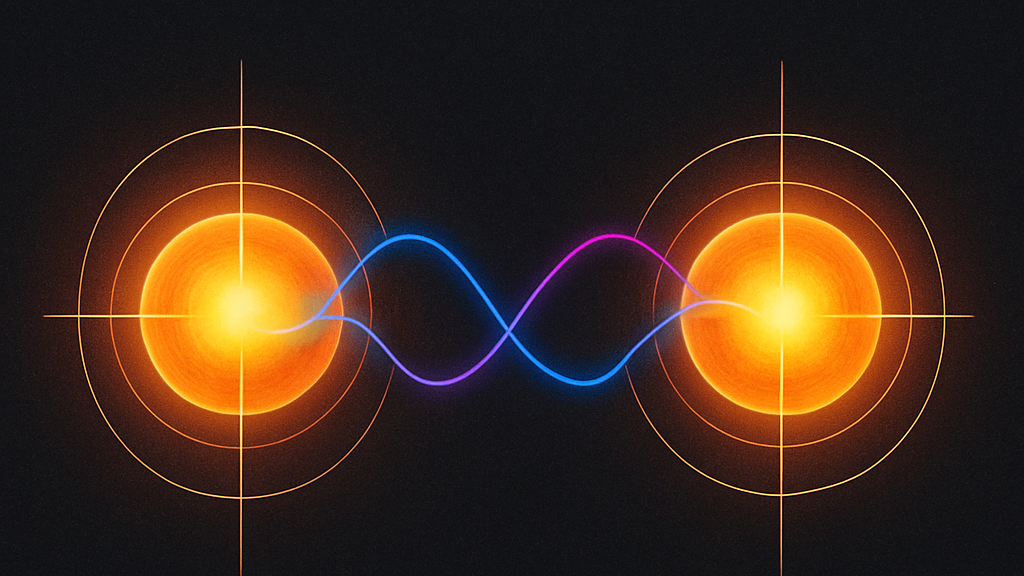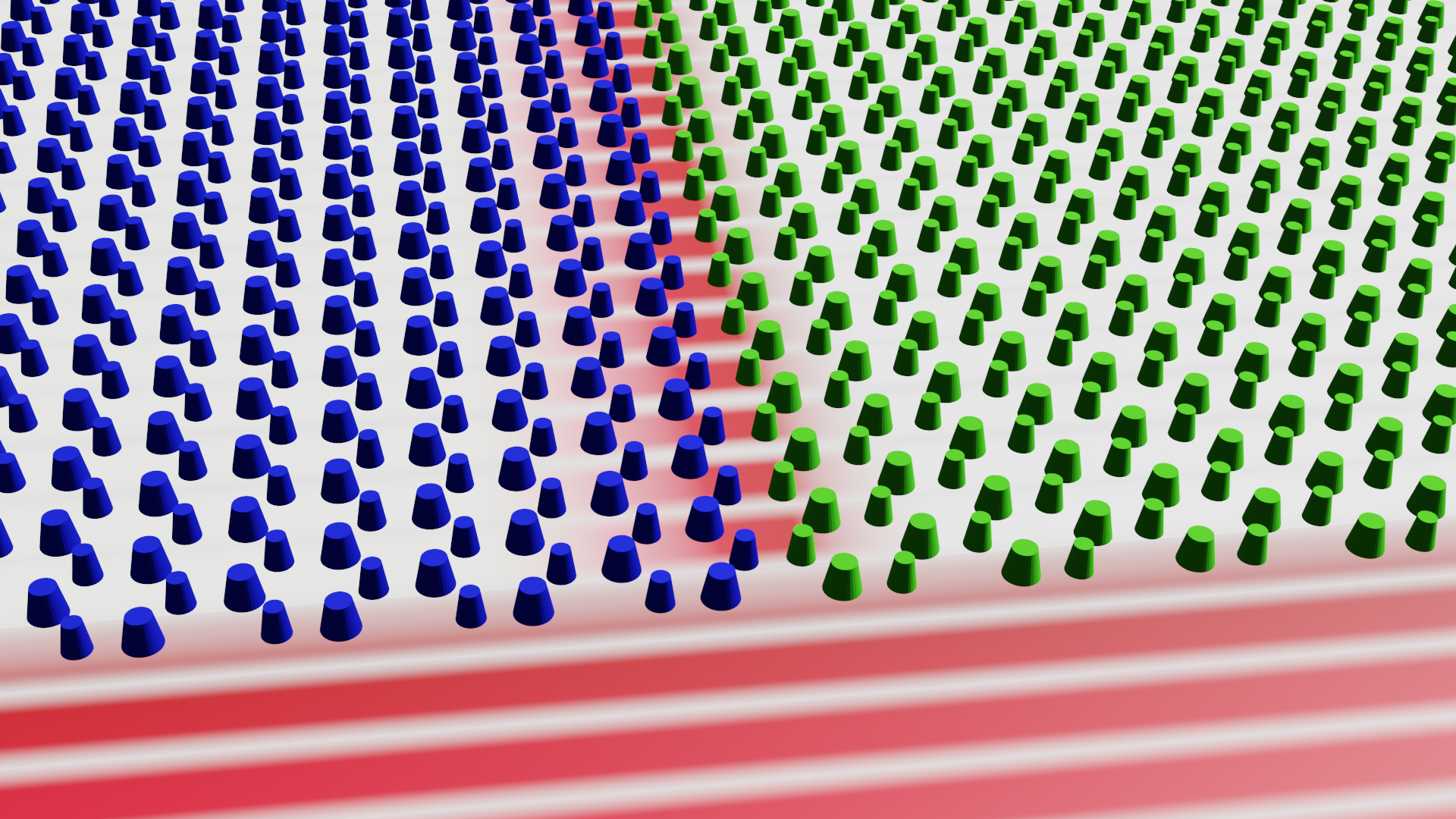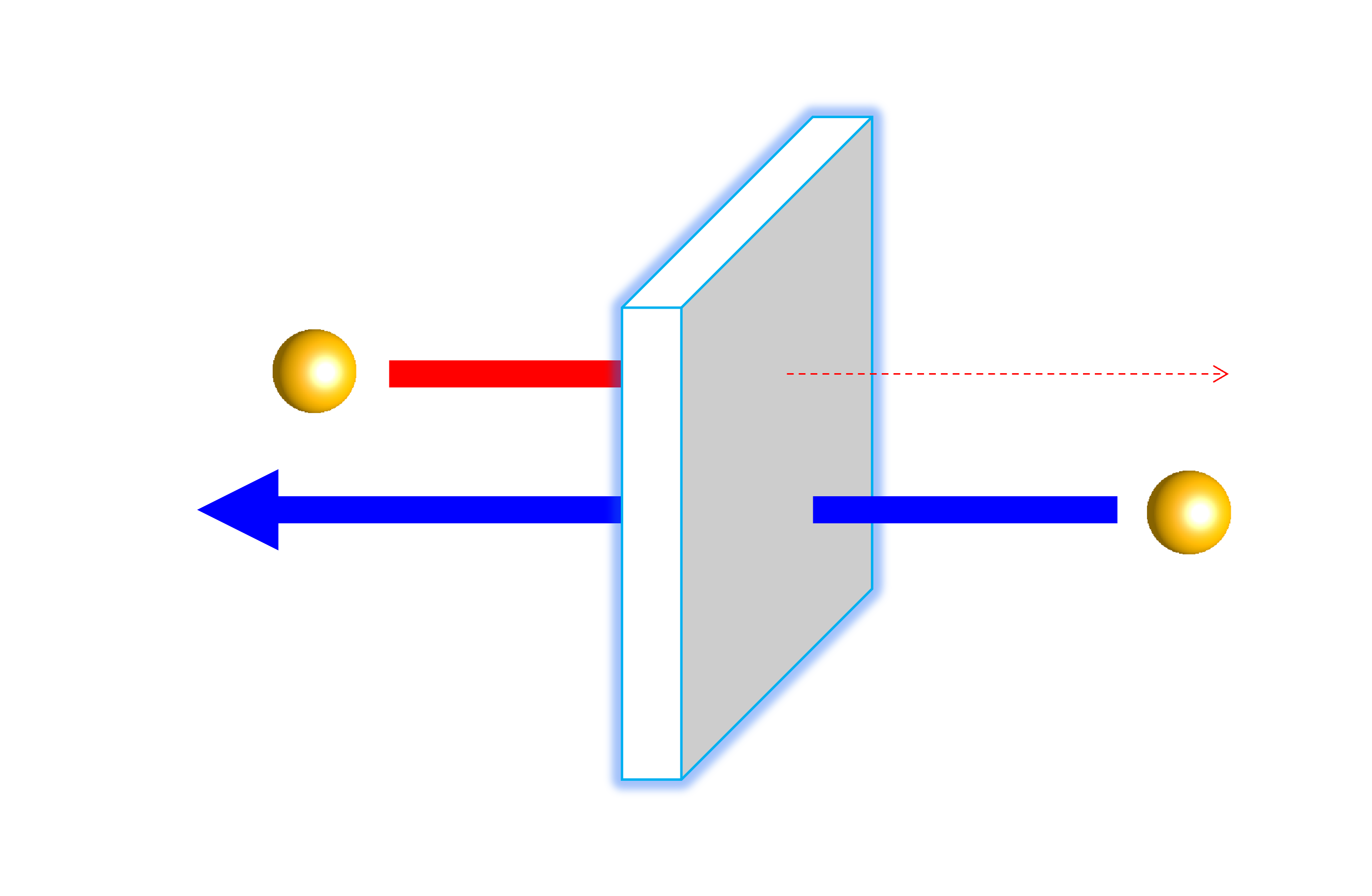Exploring New Functionalities in Solid-State Systems
We utilize nanodevice technologies and quantum
measurement techniques to explore new physical properties
that have never been observed before. In recent years,
we have focused on the phenomenon of non-reciprocity,
where the propagation of particles or waves differs depending
on the direction (e.g., "right" vs. "left").
By leveraging advanced microfabrication techniques,
we have achieved non-reciprocity not only in electrons and light
but also in phonons, magnons, and even thermal current.
By harnessing nanotechnology and quantum technology,
we aim to uncover fundamentally new phenomena.



